Ground shipping is currently paused. Local deliveries throughout Long Island will continue as usual. Pre-orders for fall are now open. Non-local orders will begin shipping again in early September. Click here to learn more.
Please be aware that all shipping will be suspended on December 22 and will resume January 5. Dismiss
Skip to contentGround shipping is currently paused. Local deliveries throughout Long Island will continue as usual. Pre-orders for fall are now open. Non-local orders will begin shipping again in early September. Click here to learn more.
| Size | 4" Pot (Quart), Flat of 50, Nursery Pot (1-Gallon Trade Size) |
|---|---|
| Common Name | |
| Type | |
| Family | |
| Native? | |
| Zone | 3, 4, 5, 5b, 6, 7, 8, 8b, 9 |
| Height Range (ft.) | 2.00 to 4.00 |
| Spread (ft.) | 1.50 to 2.50 |
| Bloom Time | |
| Bloom Description | Pale Pink/Purple |
| Sun | |
| Water | |
| Maintenance | |
| Suggested Use | Border, Meadows, native plant gardens, Pollinator Garden, Prairie plantings |
| Tolerate | |
| Attracts | |
| Growth Rate |
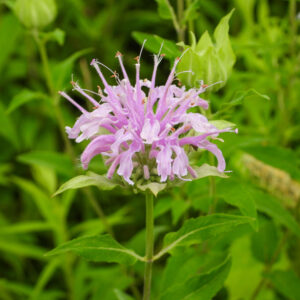
Echinacea pallida – Pale Purple Coneflower is a drought-tolerant native perennial with elegant lavender-pink blooms. Perfect for pollinator gardens, wildflower meadows, or sunny borders, it supports wildlife and thrives in poor, well-drained soils.
$12.99 – $215.99Price range: $12.99 through $215.99
Please note: Sizes 1.5 Gallon and up can’t be shipped outside the counties of Nassau, Suffolk, and Queens.
Learn more about how the process works and how our plants are delivered.
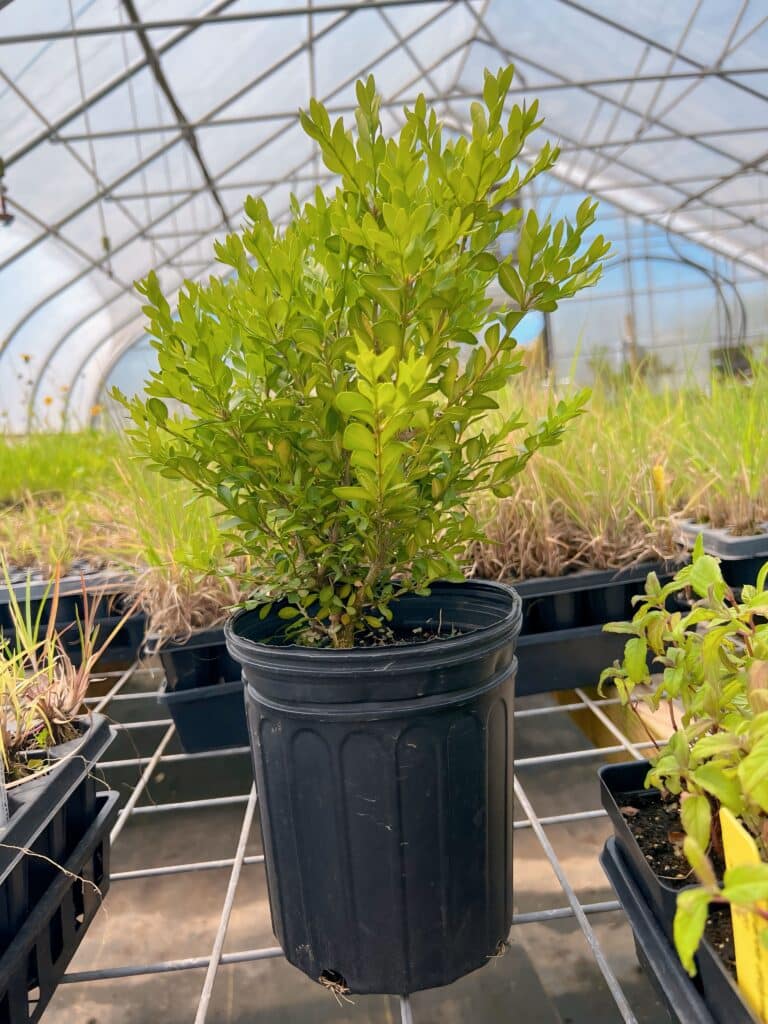
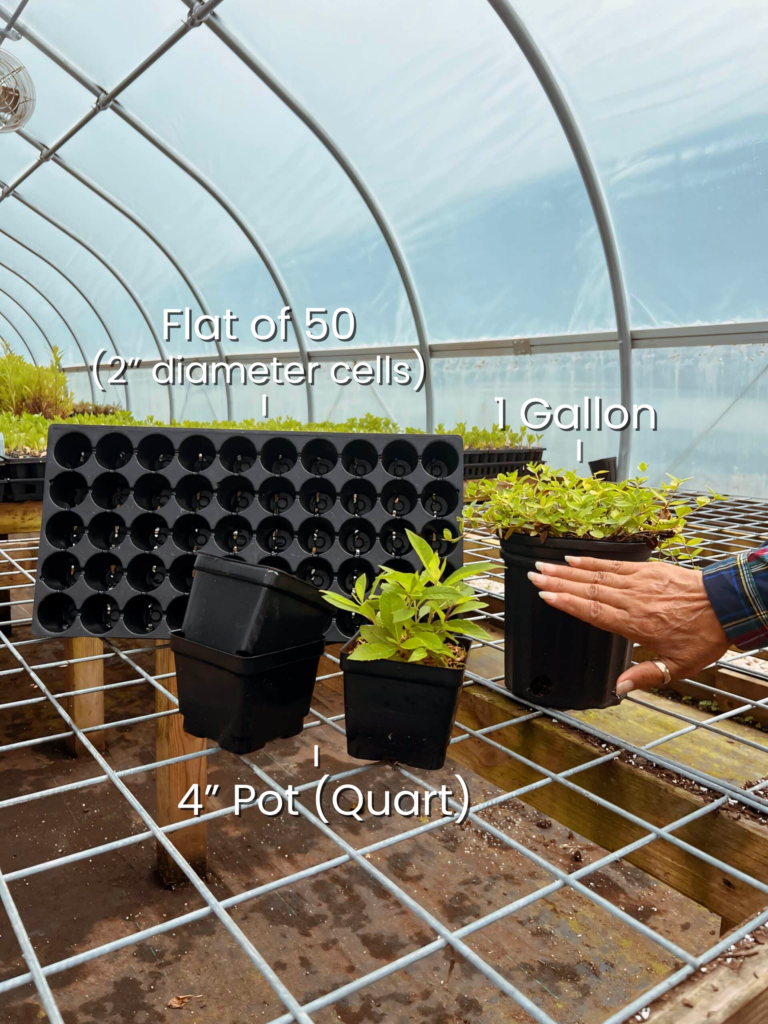
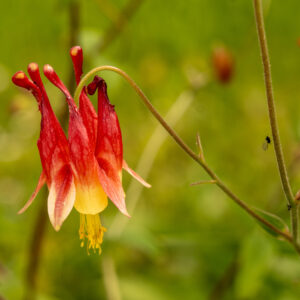
Ground shipping is paused due to summer heat. Only local delivery (Long Island & Queens) is available. Orders placed during the pause will begin processing September 1, and ground shipping will resume September 15.
| Size | 4" Pot (Quart), Flat of 50, Nursery Pot (1-Gallon Trade Size) |
|---|---|
| Common Name | |
| Type | |
| Family | |
| Native? | |
| Zone | 3, 4, 5, 5b, 6, 7, 8, 8b, 9 |
| Height Range (ft.) | 2.00 to 4.00 |
| Spread (ft.) | 1.50 to 2.50 |
| Bloom Time | |
| Bloom Description | Pale Pink/Purple |
| Sun | |
| Water | |
| Maintenance | |
| Suggested Use | Border, Meadows, native plant gardens, Pollinator Garden, Prairie plantings |
| Tolerate | |
| Attracts | |
| Growth Rate |
Bring a touch of wild beauty and pollinator appeal to your garden with Echinacea pallida, commonly known as Pale Purple Coneflower. This native perennial is loved for its elegant, drooping pale lavender to pink petals and prominent orange-brown cone, which create a striking display from late spring through summer. Known for its drought tolerance and adaptability, Pale Purple Coneflower thrives in sunny locations and poor soils, making it an excellent choice for pollinator gardens, wildflower meadows, and naturalized landscapes. Its nectar-rich blooms attract bees, butterflies, and other pollinators, while its seed heads provide food for birds in the fall.
Pale Purple Coneflower is perfect for adding vertical interest and soft color to pollinator gardens, wildflower meadows, or sunny borders. Pair it with other native plants like Butterfly Weed, Little Bluestem, or Black-eyed Susan for a cohesive and vibrant prairie-style garden. Its striking seed heads also add winter interest, making it a versatile addition to any landscape.
Echinacea pallida supports pollinators with its nectar-rich blooms and provides seeds for birds in the fall. Its deep root system improves soil health, prevents erosion, and makes it a sustainable choice for eco-friendly gardens.
Elevate your garden with the timeless beauty and ecological benefits of Echinacea pallida – Pale Purple Coneflower. This resilient native perennial adds grace, pollinator activity, and wildlife support to your outdoor space.
/5
Total reviews
|
|
Persons recommended this product
Anonymous
Shopper
check_circle Verified
Shop owner replied
Was this helpful
Anonymous
Shopper
check_circle Verified
Shop owner replied
Was this helpful
There are no reviews yet.
Be the first to review “ ”
Your feedback helps us improve our service.
Please log in to submit a review.
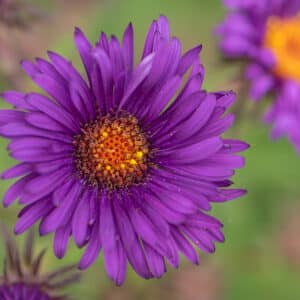
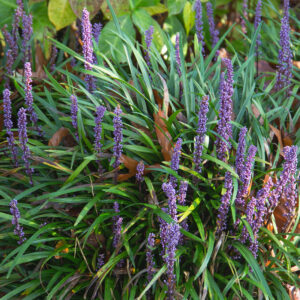
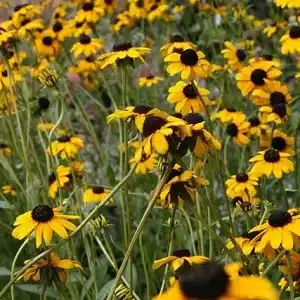
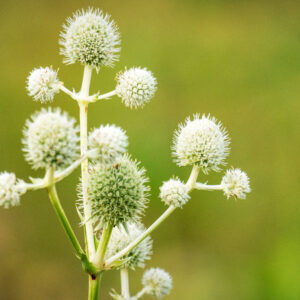
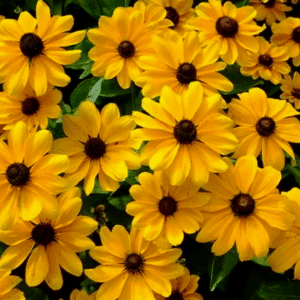

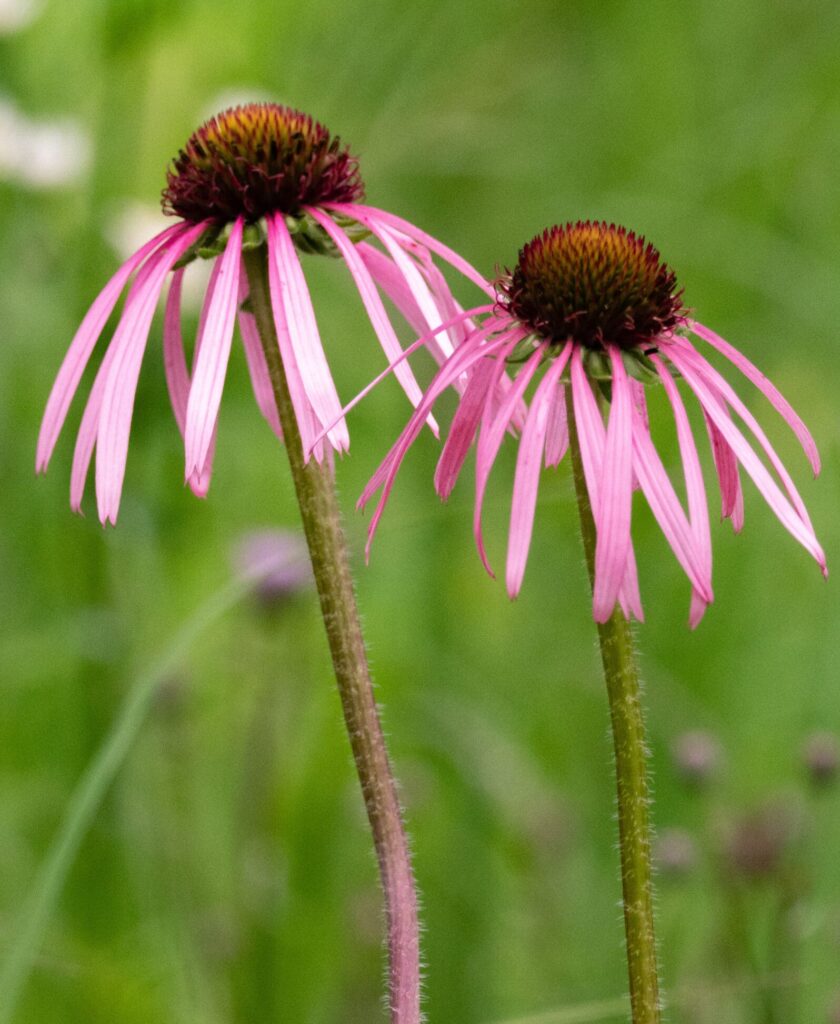
Pale Purple Coneflower thrives in full sun and prefers dry to medium, well-drained soils. It is highly adaptable to poor, rocky, or sandy soils and is drought-tolerant once established
This herbaceous perennial typically reaches 3 feet in height.
It blooms from June to July, producing pale lavender to pink flowers with drooping petals and a prominent central cone. These elegant blooms are highly attractive to pollinators such as bees and butterflies.
Yes, Pale Purple Coneflower is an excellent choice for pollinator gardens, wildflower meadows, and naturalized landscapes. Its nectar-rich flowers support a variety of pollinators, and its seed heads provide food for birds in the fall.
No, it is considered a low-maintenance plant. Once established, it requires minimal care and is tolerant of drought, poor soils, and challenging conditions, making it ideal for gardeners seeking resilient and easy-to-grow perennials
Our gift cards make it easy to share the beauty of plants, flowers, and all things green. Whether for a special occasion or just because, give the gift of choice and let them select their favorites to create a garden they’ll cherish.
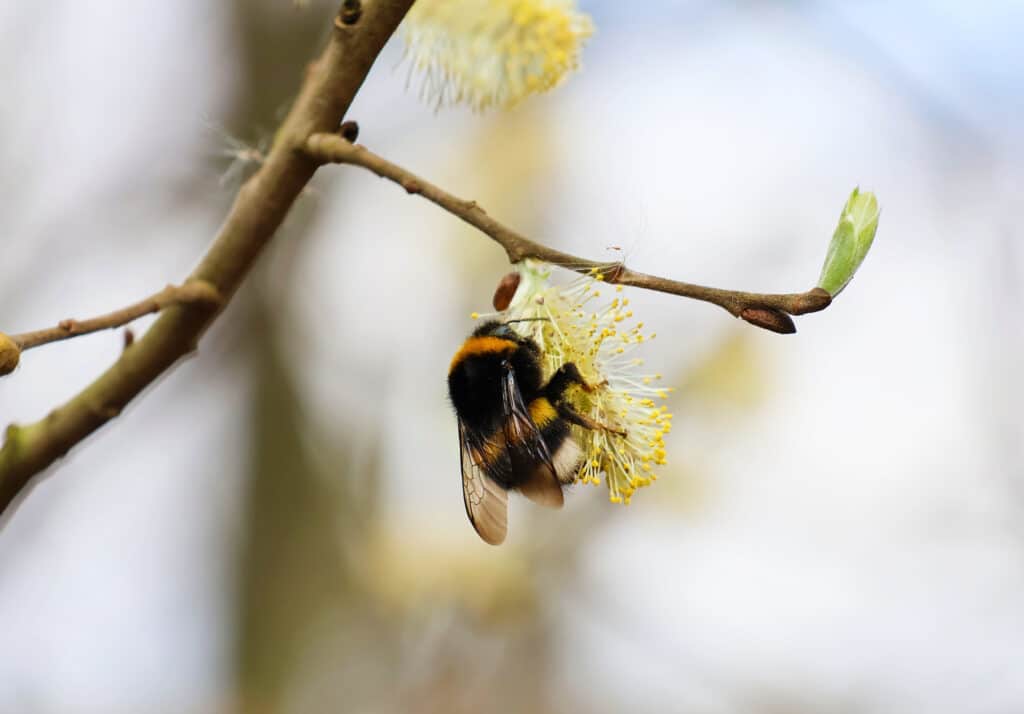
Only Local Delivery Available (Long Island & Queens)
Ground Shipping Paused
To protect our plants from extreme summer heat, we’ve paused nationwide ground shipping to avoid any damage during transit.
Local Delivery Only
We’re still delivering locally to Long Island and Queens, so nearby customers will continue to receive orders as usual.
Fall Pre-Orders Are Open Nationwide!
We will resume normal shipping for non-local orders placed during the pause in early September.
Thank you for your support and understanding—we’re looking forward to growing with you this fall!
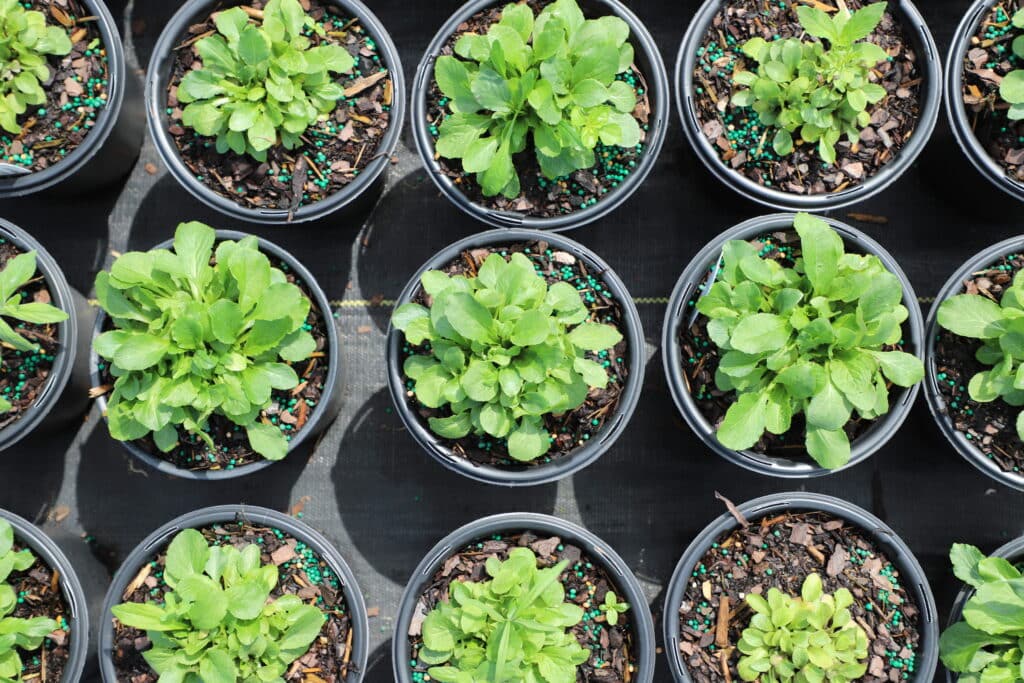
Shipping Paused
Please be aware that all shipping will be paused on December 22.
Any orders placed after that time will be fulfilled when we resume operations in January 2025.